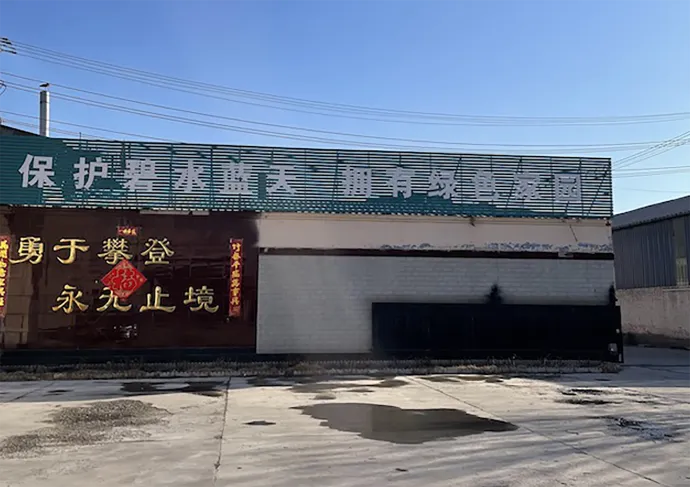Nov . 07, 2024 11:09 Back to list
Mineral Fibre Board Insulation for Energy Efficiency and Thermal Comfort Solutions
Understanding Mineral Fibre Board Insulation Benefits and Applications
Mineral fibre board insulation, commonly known as mineral wool or rock wool insulation, has gained significant traction in the construction industry due to its excellent thermal performance, fire resistance, and sound absorption properties. Made from natural materials such as basalt rock and recycled slag, these boards are engineered to provide an efficient solution for a variety of insulation needs while promoting sustainability.
Thermal Performance
One of the most appealing features of mineral fibre board insulation is its superior thermal performance. The insulation has a low thermal conductivity, which helps maintain comfortable indoor temperatures by reducing heat transfer between the interior and exterior environments. This property is particularly vital in climates with extreme temperatures, where heating and cooling costs can be substantial. By installing mineral fibre boards, homeowners and builders can reduce energy consumption and lower utility bills, making it a cost-effective solution in the long run.
Fire Resistance
Safety is a primary concern in building design, and mineral fibre board insulation excels in this area. Unlike traditional insulation materials, such as fiberglass or foam, mineral wool is non-combustible. It can withstand high temperatures without melting or releasing toxic gases, making it an ideal choice for buildings that must comply with stringent fire codes. This property not only enhances the safety of a structure but also provides valuable time for occupants to evacuate in the event of a fire.
Acoustic Properties
mineral fibre board insulation

In addition to its thermal and fire-resistant qualities, mineral fibre board insulation is renowned for its acoustic performance. The dense structure of mineral wool effectively absorbs sound, reducing noise transmission between rooms and from external sources. This makes it a popular option for residential and commercial spaces where noise reduction is essential, such as offices, schools, and multi-family dwellings. The ability to create quieter living and working environments contributes significantly to the comfort and productivity of occupants.
Sustainability
With growing concerns about environmental impact, mineral fibre board insulation stands out as a sustainable choice. Its production uses a significant percentage of recycled materials, and the manufacturing processes are designed to minimize waste. Additionally, mineral wool insulation is fully recyclable at the end of its life cycle, which reduces landfill contributions. Using this type of insulation not only helps reduce carbon footprints but also supports local economies by promoting the use of natural and recycled materials.
Applications
The versatility of mineral fibre board insulation makes it suitable for a range of applications. It can be used in residential buildings, commercial properties, industrial facilities, and even in specialty environments such as hospitals and laboratories. These boards can be installed in walls, roofs, and floors, providing comprehensive insulation solutions tailored to diverse building requirements. Moreover, mineral fibre boards are adaptable to various building types, from new constructions to retrofits, enhancing their appeal to architects and builders alike.
Conclusion
In summary, mineral fibre board insulation offers numerous benefits, including excellent thermal performance, fire resistance, sound absorption, and sustainability. Its versatility and ease of installation make it a popular choice for a wide array of applications in modern construction. As the demand for energy-efficient and environmentally friendly building materials continues to rise, mineral fibre board insulation is set to play a crucial role in shaping the future of the construction industry. By opting for this innovative material, builders and homeowners can contribute to creating safer, more comfortable, and sustainable living spaces.







